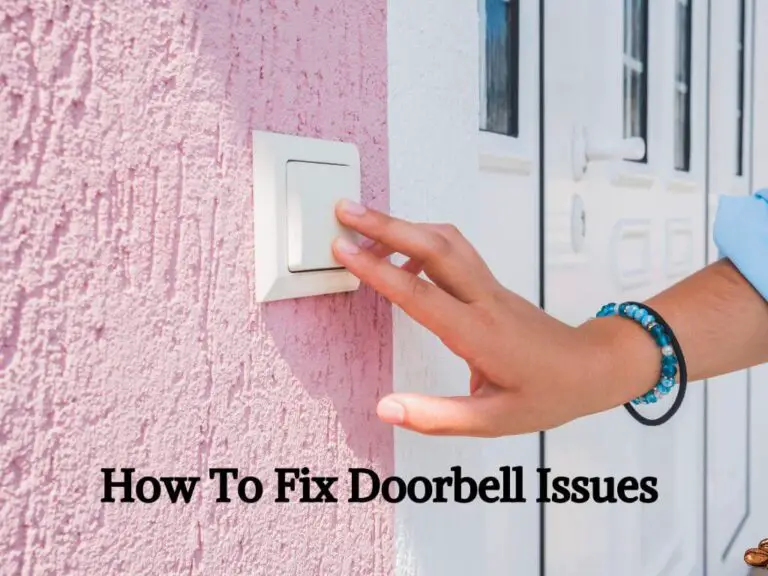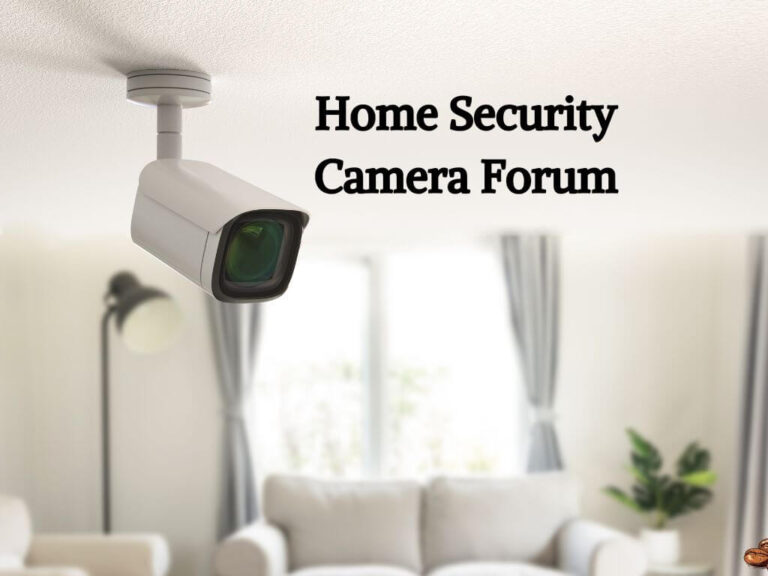Smart homes can pose cybersecurity risks due to interconnected devices and potential vulnerabilities. Hackers could exploit such weaknesses for unauthorized access or data theft.
Are Smart Homes a Cybersecurity Risk? Smart homes, the increasingly popular systems allowing automated control over lighting, heating, and security, have revolutionized the way we live. Yet, with the rise of these technologies comes a notable concern: cybersecurity. As homes become smarter, they also become more attractive targets for cybercriminals.
The myriad of internet-connected devices, from smart thermostats to voice assistants, creates numerous entry points for hackers to exploit. These systems store vast amounts of personal data, making the stakes exceptionally high. Securing a smart home against potential cyber threats is now a crucial part of digital housekeeping. Ensuring these innovative homes remain safe from cyber threats is as important as the physical security measures that protect from traditional break-ins.
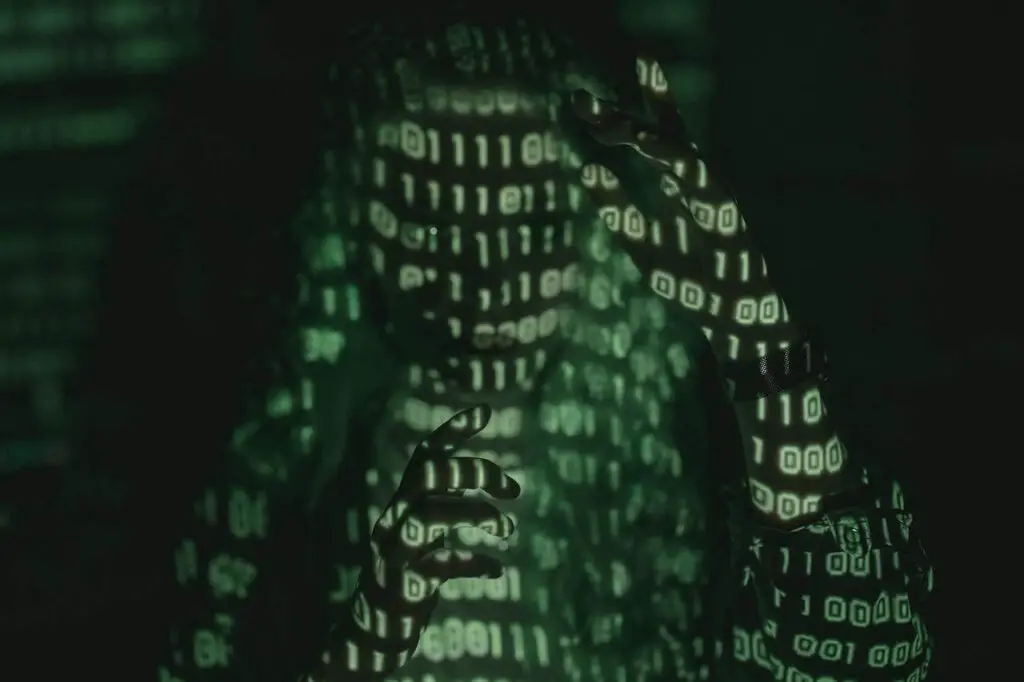
Understanding The Risks And Vulnerabilities
As smart homes proliferate, the cauldron of technological convenience simmers with potential cyber threats. It’s not just about voice-controlled appliances or remotely adjustable lighting anymore; the very fabric of home security is interwoven with digital threads that, if pulled recklessly, can unravel into a tapestry of risks and vulnerabilities. This section uncovers the precarious tightrope walk of smart home cybersecurity, highlighting two critical areas: IoT devices and their security protocols, and the sanctity of data privacy within the invisible walls of connected homes.
Iot Devices And Their Security Concerns
IoT (Internet of Things) devices act as the cornerstone of smart homes, offering seamless control and monitoring. Yet beneath this surface of convenience lies a bedrock of security challenges:
- Default Credentials: Many devices come with preset, weak passwords, making them low-hanging fruits for cyber attackers.
- Software Updates: Irregular firmware updates can leave devices riddled with exploitable vulnerabilities.
- Network Security: Devices often communicate over home networks that lack robust protection, serving as potential gateways for cyber intrusions.
These concerns underscore the importance of due diligence in securing IoT devices against unauthorized access and malicious attacks.
Data Privacy In Smart Homes
The ideology of privacy faces a formidable adversary in smart homes. Sensitive information garnered from daily activities is a veritable goldmine for data miners and hackers alike. Privacy considerations entail:
- The nature of data collection; understanding what is collected and the necessity thereof.
- Encryption standards used to protect data as it is transmitted and stored.
- The policies of smart device manufacturers and service providers regarding data sharing and handling.
Incorporating strict privacy protocols is essential to safeguard personal information from unwarranted exploitation.
The Dark Side: Cybersecurity Threats
As smart homes grow in popularity, the luxury of automation brings a lurking shadow that homeowners cannot afford to ignore. Cybersecurity threats have emerged as a significant downside to the convenience of connected devices. From surveillance cameras to smart fridges, each device introduces potential vulnerabilities, potentially turning your home into a target for digital intruders. This section delves into the grim possibilities that exist within the network of a smart home.
Unauthorized Access
Unauthorized access is a haunting reality for smart home owners. Criminals can exploit weaknesses in smart home devices to gain control over home systems, potentially causing havoc. Intruders might intercept device communications or even take charge of your home’s security systems, leading to severe consequences.
Data Breaches
Smart homes can be a goldmine of personal information for cybercriminals. Data breaches can occur when hackers gain access to smart devices and extract sensitive data, such as personal details, financial information, or behavioural patterns. This information is often used for identity theft or sold on the dark web, posing a considerable risk to homeowners.
Privacy Concerns
Privacy concerns arise when smart devices collect and transmit data continuously. This might include intimate details of one’s daily life, which could be exposed if the device is compromised. Without strict security measures, the privacy of homeowners is at risk, leading to potential surveillance and personal data exploitation.
Common Vulnerabilities In Smart Home Devices
Identifying and addressing common vulnerabilities in smart home devices is critical to safeguarding your digital domain. Let’s explore a few prevalent shortcomings.
Weak Passwords
One of the primary vulnerabilities is weak passwords. Users often fail to change default passwords or use easily guessable ones, making it trivial for attackers to gain access. Strong, unique passwords are essential to fortify the first line of defense against unauthorized entry.
Lack Of Regular Updates
Lack of regular updates can leave smart devices exposed to known exploits. Manufacturers often release firmware updates to patch security vulnerabilities. Failure to install these updates in a timely fashion can leave doors wide open for cybercriminals to step in.
Inadequate Encryption
Finally, inadequate encryption is a glaring issue. Encryption is vital for securing the transmission of data. However, not all smart home devices come equipped with strong encryption standards, potentially allowing eavesdroppers to intercept and decipher sensitive information.
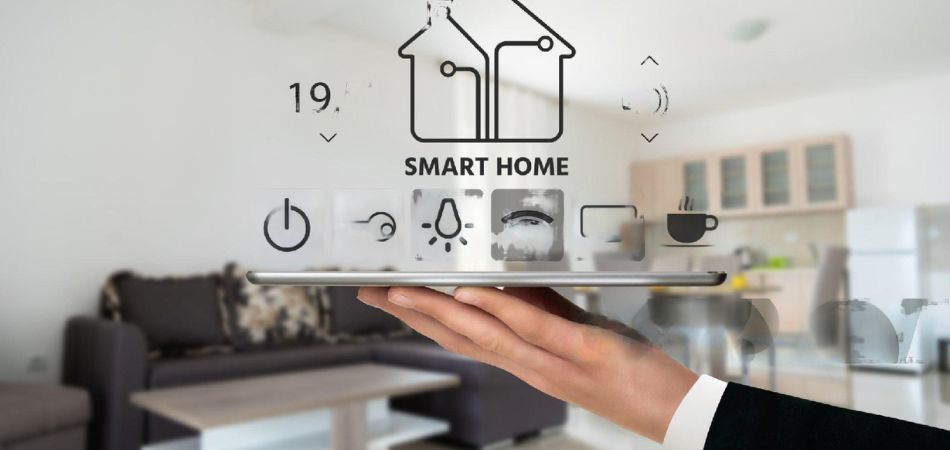
Vulnerabilities In Smart Home Devices
As smart homes become the norm, the array of internet-connected devices that fill them has transformed everyday convenience. However, these advancements bring with them a hidden price: increased cybersecurity risks. Within the realm of smart home ecosystems, several vulnerabilities are particularly pressing, and they fall into two main categories: insecure Wi-Fi networks and the lack of software updates and patches.
Insecure Wi-fi Networks
Smart home devices are only as secure as the networks they connect to. Unfortunately, many users do not secure their Wi-Fi networks adequately, leaving their smart devices open to cyber-attacks. Here’s why insecure Wi-Fi is a significant threat:
- Unprotected access points can allow unauthorized users to connect to a network and manipulate smart home devices.
- The use of weak passwords makes it trivial for hackers to gain network access.
- Unencrypted networks expose information that smart devices send and receive, risking data interception.
Implementing robust security measures such as WPA3 encryption, strong passwords, and regular monitoring can mitigate these risks significantly and safeguard smart home devices.
Lack Of Software Updates And Patches
Many smart home devices fall short in their update protocols. Without regular software updates and patches, devices remain susceptible to the latest threats. The lack of updates can result in:
- Exploitable vulnerabilities that hackers can use to access your smart home network.
- Outdated software can lead to malfunctioning devices, which may compromise other elements of the home network.
- Absence of the latest security features which are often included in software updates.
To fortify smart home devices against cyber threats, manufacturers must streamline the process of delivering updates, and users should ensure they apply these updates as soon as they become available.
Potential Cyber Attacks On Smart Homes
As the wave of smart home technology sweeps across households, ushering in a new era of convenience and efficiency, unsuspecting homeowners may inadvertently open the doors to digital intruders. With a myriad of connected devices ranging from smart thermostats to voice-activated assistants, the risk of cyber attacks on smart homes grows exponentially. Understanding the landscape of possible cyber threats is the first step towards securing your digital domain against uninvited guests.
Phishing And Social Engineering
Phishing and social engineering attacks exploit human psychology, often luring individuals into disclosing sensitive information. Smart homes, with their interconnected networks, provide fertile ground for these deceptive tactics. Unwary users might receive seemingly benign emails or messages that, in fact, are bait, designed to snatch valuable data and gain unauthorized access to their smart systems.
- Deceptive emails mimicking customer support from reputable smart device brands.
- Direct messages through social platforms prompting users to enter their credentials.
- Phone calls from imposters posing as technical experts offering false assistance.
By remaining vigilant and scrutinizing every request for personal information, homeowners can defend against these insidious schemes.
Malware And Ransomware Threats
In the world of smart homes, malware and ransomware represent significant hazards. These malicious software variants can infiltrate through vulnerabilities in the network, providing cybercriminals the ability to commandeer connected devices, or worse, demand a ransom by locking users out of their own systems.
Potential entry points for malware and ransomware attacks:
| Attack Vector | Method of Infiltration | Consequence |
| Compromised Apps | Downloads of infected mobile applications controlling smart devices | Unauthorized control and data extraction |
| Weak Security Protocols | Exploiting inadequate device security settings | System lockdown and ransom demands |
| Outdated Firmware | Utilizing flaws in non-updated device software | Disruption of household operations and data breaches |
Regularly updating device firmware, enhancing security protocols, and being cautious about app downloads are critical measures to prevent such invasions. Staying informed on the latest cybersecurity developments is crucial for smart homeowners eager to protect their connected worlds from digital plunderers.
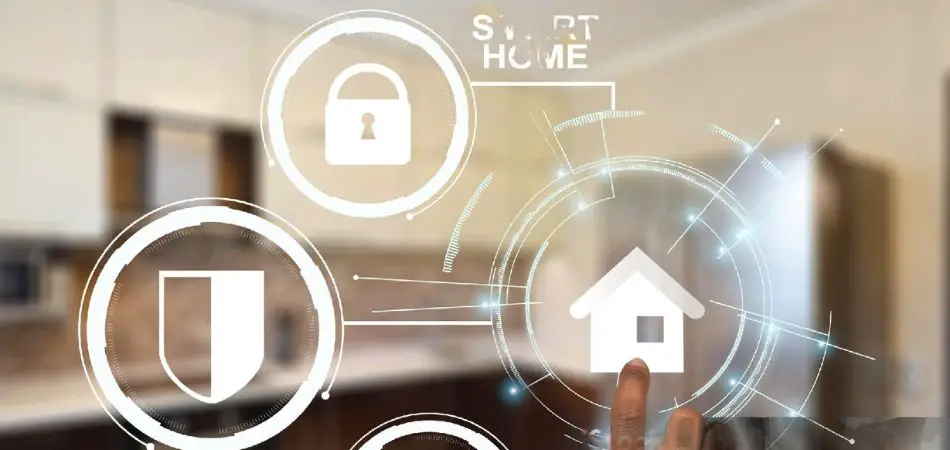
Securing Smart Home Devices
Securing Smart Home Devices is crucial in today’s rapidly evolving internet of things (IoT) era. With homes becoming increasingly connected, it’s paramount to ensure that your comfort and convenience do not compromise your personal security. An unprotected smart home can be a goldmine for cybercriminals, providing easy access to your private data. By taking proactive steps towards strengthening the security of your smart home devices, you can minimize the risks and keep your digital domain safe and secure.
Implementing Strong Passwords
Implementing Strong Passwords
One foundational step in protecting your smart home devices is the creation and management of strong and unique passwords. A strong password is like a first line of defense against unauthorized access. Use a complex mix of numbers, symbols, and both upper and lowercase letters. Avoid common phrases, predictable sequences, or personal information.
- Change default usernames and passwords immediately after setup.
- Use a password manager to keep track of different passwords.
- Update passwords regularly to maintain security resilience.
Multi-factor Authentication for Smart Home Systems
Multi-factor Authentication For Smart Home Systems
Enhancing security with multi-factor authentication (MFA) adds an additional layer of protection. Even if a password is compromised, MFA requires a second method of verification, such as a fingerprint or a one-time code sent to a mobile device. This significantly reduces the risk of an intruder gaining control of your smart home systems.
- Activate MFA on all devices and accounts that support it.
- Select a secondary verification method that combines convenience and security.
- Train all household members on using MFA to ensure consistent use.
Ensuring Data Protection In Smart Home Ecosystem
With the advent of smart home technologies, the question of data protection in the smart home ecosystem has moved to the forefront of cybersecurity discussions. Homes that were once simple private spaces have become interconnected hubs of data and devices, creating a network that, if not properly secured, can be vulnerable to breaches. Ensuring robust security measures is not just a recommendation but a necessity to protect personal information and maintain privacy within the digital walls of today’s residences.
Importance of End-to-End Encryption
Importance Of End-to-end Encryption
End-to-End Encryption (E2EE) serves as one of the most crucial defenses in protecting smart home devices and the sensitive data they transmit. E2EE ensures that data is encrypted on the sender’s device and only decrypted on the receiver’s device, preventing unauthorized access in between. This means, even if data is intercepted during transmission, it remains unreadable and secure from potential cyberthreats.
Authentication Protocols for Smart Home Devices
Authentication Protocols For Smart Home Devices
Implementing robust authentication protocols is vital in validating the identities of devices and users within a smart home network. These protocols prevent unauthorized devices from gaining access to the network, thus defending against potential intruders. Reliable authentication mechanisms often include:
- Multi-factor authentication
- Biometric verification systems
- Advanced password protection strategies
Incorporating these protocols ensures only trusted devices and users can interact with the smart home ecosystem, minimizing the risk of data compromise.
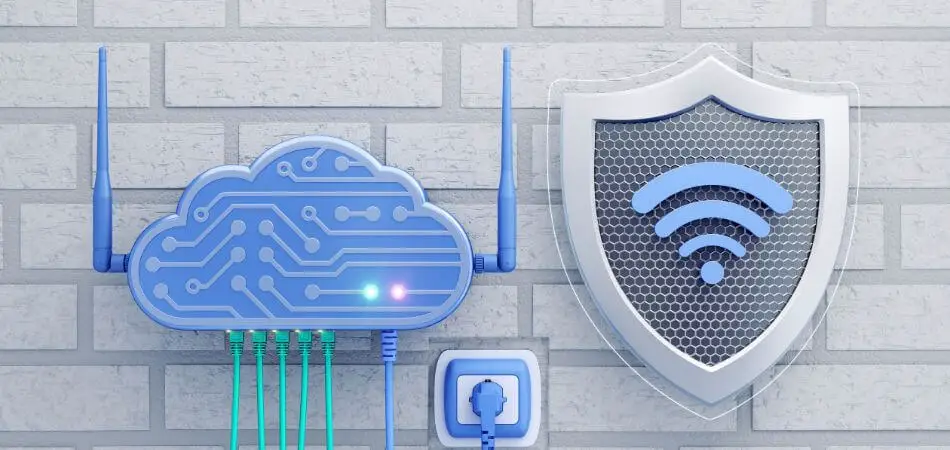
Smart Home Network Security Measures
In the wake of rising smart home adoption, cybersecurity has emerged as a critical concern. Smart homes are equipped with various connected devices, from learning thermostats to intelligent security cameras, each capable of making daily life more convenient. However, these conveniences come with increased vulnerabilities. Securing your smart home network is not a luxury but a necessity. Let’s delve into some of the essential security measures to shield your smart home from cyber threats.
Firewall Protection For Smart Homes
A robust firewall acts as the first line of defense against unauthorized access to your smart home network. It monitors incoming and outgoing network traffic and permits or blocks data packets based on a set of security rules. Most home routers come with a built-in firewall, but ensuring it is properly configured and updated is key.
- Enable all security features on your router’s firewall.
- Regularly update your router’s firmware to patch vulnerabilities.
- Set up strong access controls to prevent uninvited network connections.
Securing Home Wi-fi Networks
Your home Wi-Fi network is the gateway through which all smart home devices connect to the internet and to each other. Ensuring its security is paramount. A compromised Wi-Fi network can open doors to various cyber-attacks on your smart devices.
- Change the default username and password on your Wi-Fi router to something more secure and personalized.
- Choose a strong, complex password for your Wi-Fi network to deter brute-force attacks.
- Activate network encryption, such as WPA3, to protect the data being transmitted over your network.
- Disable WPS (Wi-Fi Protected Setup), as it can be exploited by attackers to connect to your network without requiring the network password.
- Set up a guest network for visitors to prevent access to your main network connected to smart home devices.
“` This HTML content is optimized for WordPress, considering SEO best practices, and is designed to provide valuable insights on securing smart home networks. It avoids fluff and linking phrases and focuses on delivering concise, impactful information with the use of HTML elements such as paragraphs, lists, and strong tags for emphasis.
Mitigating Risks In Smart Home Automation
With the rapid adoption of smart home technologies, the conversation around cybersecurity cannot be ignored. The integration of IoT devices into our daily lives offers convenience and efficiency, but it also opens up new vulnerabilities. Mitigating risks in smart home automation is not merely a suggestion; it is a necessity for safeguarding your digital and physical privacy. By understanding and implementing robust security measures, homeowners can enjoy the benefits of a smart home without becoming low-hanging fruit for cybercriminals. Let’s delve into essential strategies to secure our interconnected habitats.
Secure Integration Of Smart Devices
Smart devices, when not properly integrated, can create gateways for unauthorized access. Ensuring that each component of a smart home is not just interconnected but also secure is the first line of defense.
- Use Trusted Brands: Always opt for devices from reputable manufacturers with a track record of prioritizing security.
- Up-to-Date Firmware: Regularly update all devices to patch any security vulnerabilities.
- Network Segmentation: Consider segmenting your network to isolate smart devices from each other, reducing the cascade effect of a potential breach.
Create a checklist for every new device you introduce to your ecosystem. Authentication protocols, data encryption standards, and compatibility with existing security systems should all be scrutinized.
Ensuring Secure Remote Access To Smart Home Systems
Remote access is a double-edged sword; it allows homeowners to control their abode from anywhere but potentially exposes their home to intruders. A secure remote access strategy is essential.
- Strong Authentication: Implement multi-factor authentication to add an additional layer of security when accessing your smart home systems remotely.
- Virtual Private Network: Utilize a VPN when accessing your smart home system via public networks to encrypt the connection.
- Regular Monitoring: Keep an active eye on access logs and receive instant alerts on suspicious activities. Awareness is key to prevention.
Limit who has remote access privileges and ensure that any shared access is revoked when no longer needed. This reduces the chances of someone exploiting lost or unused access credentials.
Frequently Asked Questions For Are Smart Homes A Cybersecurity Risk
Are Smart Homes A Security Risk?
Smart homes can pose a security risk if not properly secured. Connectivity to the internet increases potential for hacks and data breaches. Ensuring strong passwords and regular software updates can mitigate these risks.
What Are The Cyber Attacks On Smart Homes?
Smart homes are vulnerable to various cyber attacks, including device hacking, unauthorized access, data breaches, and malware infections. Attackers can exploit weak security measures to control devices and steal personal information.
Is Smart Home Security Safe?
Smart home security systems generally offer robust protection but can face risks like hacking. Ensure regular updates and strong passwords for optimal safety.
What Are The Vulnerabilities Of Smart Homes?
Smart home vulnerabilities include weak passwords, unsecured Wi-Fi networks, outdated software, lack of encryption, and potential for device hacking. These issues can compromise privacy and security.
Conclusion
Smart homes unlock incredible convenience, yet cybersecurity remains a concern. It’s vital to balance innovation with security measures. As technology evolves, so should our vigilance. Empower yourself with knowledge and robust safeguards to enjoy the full benefits of a connected home, keeping cyber threats at bay.
Stay informed, stay secure.

